In the process of creating our Top 20 lists our team writes scouting reports for more than just the 20 players who make the cut. For the first time in many years we are releasing theses scouting reports tiered by OFP below.
Here is the Pirates Top 20 prospects for reference:

About Our Top 20 Lists
Prospects Live, led by its evaluating team & Director of Scouting Rhys White, is proud to begin rolling out its annual offseason system reports. The team combines industry feedback, our live looks, film, and available data to compile each org. We believe this effort has enabled us to present you, the reader, with our best possible view of the prospects in the organization.
We have constructed this list using the Overall Future Potential (OFP) scale. There is no perfect equation for ranking prospects or assigning value to them, but we believe this method is the best possible approach. Every prospect on this list has been graded based on the tried and true 20-80 scouting scale. An 80 is the highest tool and OFP grade on the scale, reserved for MVP-caliber players or tools. Conversely, a 20 is reserved for non-prospects (NPs). A 50 OFP falls in the middle, indicating our evaluators deem this player a future average major league player. Below the 50 OFP tier are the 45s and 40s, comprising a large majority of players on each list. These are specific-role players, such as platoon hitters, utility players, or low-leverage relievers. Above the 50 OFP tier are the 55s and 60s. A 55 represents a future above-average player, and a 60 OFP designation is reserved for future All-Star caliber players.
In addition to the tool grades and OFP, we will also include a 'Risk' associated with each prospect. We use this to better communicate to you, the reader, whether a grade is more aggressive or conservative in nature. The evaluation team has worked hard to apply both the grades and risk components to better illustrate how each individual prospect stacks up in their respective system and in the baseball ecosystem.
Evaluators: Grant Carver, Matt Seese, Mitch Stachnik, Nate Jones, Rhys White, Trevor Hooth
Honorable Mentions Scouting Reports
Find Scouting Reports and Tool Grades in each toggle section
40 OFP Hitters
Omar Alfonzo, C - 40 OFP
Scouting Report
HT: 6-1 WT: 220 H/T: L/R
Highest Level: AA
ETA: 2027
OFP: 40
Risk: High
Hit: 40
Power: 50
Field: 45
Throw: 60
Run: 20
Scouting Report
Omar Alfonzo is a big-framed, left-handed-hitting catcher with present bat speed and raw power, giving him one of the more intriguing lefty power profiles among catching prospects. Early in 2025 at High-A Greensboro, Alfonzo used a spread, crouched setup with an open stance, a pronounced leg kick, and a quick upward barrel snap as he loads. He coils into his left hip with good hand separation, as his hands float up a bit, so he produces a steeper entry into the zone with his bat path. By season’s end in Double-A Altoona, he stood more upright but maintained similar mechanics. A bottom-hand–dominant hitter, he swings hard with a big one-handed finish, creating natural loft and backspin when on time and striking the ball well. The hit tool remains the weaker part of his game. Alfonzo shows significant swing-and-miss, especially versus offspeed and breaking pitches that pull him off balance. He’s still learning his own swing and finding adjustability, but the power potential is real—his contact quality is strong when he connects. Improved timing could unlock average or better in-game power. Defensively, Alfonzo has made visible strides behind the plate. He alternates between a tall RKD and a low, stretched LKD setup, showing a strong, accurate arm and some improved receiving. However, his blocking remains inconsistent; he often turns his glove or backhand picks rather than squaring up and absorbing pitches with his body. Continued refinement will be crucial to staying at catcher, as will continued improvement in receiving. Alfonzo also logged time at first base, where he looks serviceable as someone who could be thrown out there with little expectation. Overall, he projects as a bat-first backup catcher with left-handed power that’s hard to find at the position. Further development against non-fastballs and defensive consistency could elevate him toward a more regular role. He’s likely to open 2026 in Double-A, where his progress at the plate and behind it will define his long-term trajectory. - Brandon Tew
Rafael Flores, C - 40 OFP
Scouting Report
HT: 6-4 WT: 220 H/T: R/R
Highest Level: MLB
ETA: 2025
OFP: 40
Risk: Moderate
Hit: 55
Power: 55
Field: 40
Throw: 50
Run: 30
Scouting Report
Rafael Flores is in an interesting spot because he has now seen some major league time, but it is hard to project him for a consistent role because he is veering towards being a positionless hitter. He is not a great defender at catcher, to the point where he is barely passable there, even in an emergency situation. The bat is a touch light for first base, and the Pirates have a ton of first-base options coming down the pipeline. Flores is a slow plodder, and that doesn't help the profile either, as he clogs the bases. He is, however, an above-average hitter thanks to a solid approach and acceptable amounts of chase and whiff. His swing is very exaggerated and may need to be worked on. He has a high leg kick and he opens up far too early, and can be attacked on the inner third because of this. The bat-to-ball skills are above-average thanks to decent bat-speed and good plate coverage. He is able to make contact with pitches all over the zone. The exit velocities aren't spectacular with a 90th percentile exit velocity of 105, but he does a decent job of hitting the ball relatively hard and getting that contact in the air. There is a platoon bat here, who can be a "break glass in case of emergency" third catcher on a 26-man roster, and also DH and play a little first base. - Rhys White
Axiel Plaz, C - 40 OFP
Scouting Report
HT: 5-11 WT: 200 H/T: R/R
Highest Level: A+
ETA: 2029
OFP: 40
Risk: High
Hit: 20
Power: 45
Field: 30
Throw: 50
Run: 20
Scouting Report
Plaz slashed .236/.327/.741 across Single and High-A in 2025. The 5-11, 165-pound C was in his age-20 season in 2025 and showed some flashes to hit for both contact and power in Single-A. In 55 games, he hit .262 with 9 home runs, posting a .798 OPS, driving in 40 RBIs. Plaz possesses a controlled, violent swing that produces loud contact. He has a sound approach at the plate with the ability to spread the baseball around the diamond. His ability to create lift towards center field is intriguing and demonstrates impressive body control, particularly with an active lower half. If Plaz can keep improving his contact metrics and approach, he can find himself to be a productive catcher who can average 10-15 home runs at the next level. - Gabriel Estevez
Javier Rivas, 3B - 40 OFP
Scouting Report
HT: 6-6 WT: 165 H/T: R/R
Highest Level: AA
ETA: 2027
OFP: 40
Risk: High
Hit: 40
Power: 55
Field: 55
Throw: 50
Run: 50
Scouting Report
Javier Rivas is a high-waisted, long-limbed infielder who fits best on the left side of the diamond. He’s noticeably added strength over the past year and no longer resembles the listed 165 pounds. That physical growth has helped him start to tap into real power, showing more juice and impact in 2025 than at any point in his career. The hit tool still hovers in the subpar to fringy range. Rivas has made strides cutting down on chase and whiff, but there’s still some stiffness in his move patterns and a bit of lungy behavior when he tries to cover different zones, especially good breaking balls away. He doesn’t always look comfortable from at-bat to at-bat. Yet, the uptick in power production at High-A Greensboro and even a brief stint in Double-A Altoona suggest real progress and better sequencing of his long levers in flashes. At the plate, Rivas sets up with a broad, open base. His load includes a small leg lift and toe tap as he sinks into the back hip before coming forward. There’s a slight lift out of the ground before he rotates, which can throw off timing and make it harder to keep his long levers synced. That move also limits how well he gets to pitches down or in, as he often ends up fighting to get the barrel back on plane. Despite those moving parts, the athleticism is evident. Rivas has shown the ability to extend and still get the head around on pitches away for pull-side damage. When everything clicks, there’s real leverage and impact through the zone. Cleaning up the lower-half direction and staying in the ground longer could unlock another tier of contact quality and consistency from him. Defensively, Rivas projects best at third base. His tall frame and long strides allow him to eat up ground to both sides, particularly in the 5.5 hole, where he can make plays with minimal wasted movement. He’s capable of holding down shortstop on occasion, but the glove plays cleaner and more confidently at third. The arm is strong with utility, though he’ll occasionally yank throws when charging or throwing from a low slot — something that should iron out with more reps. Rivas likely settles into a bench utility role because of his below-average hit tool. Capable of handling both third and short, but there’s a path to an everyday profile if the hit tool pushes closer to average. The body and athleticism suggest untapped upside, and the power is starting to play to the tune of 20–25 home runs with steady defense at the hot corner. There’s still a significant risk tied to contact consistency and chase on spin, but Rivas looks like a player starting to figure out how to blend his tools into production. - Brandon Tew
40 OFP Pitchers
Zander Mueth, P - 40 OFP
Scouting Report
HT: 6-6 WT: 205 H/T: R/R
Highest Level: A
ETA: 2030
OFP: 40
Risk: Extreme
Fastball: 50 - (93-95 T97 mph)
Cutter: 40 - (85-87 mph)
Slider: 50 - (82-85 mph)
Changeup: 45 - (85-88 mph)
Command: 40
Scouting Report
Zander Meuth is someone that if you squint, you can see it being put together, but that takes a lot of wishcasting on an evaluator's end. Meuth has the prototypical frame for a starter; his fastballs sit in the mid-90s, and his breaking ball can look good on social media. And while the potential is clearly there and easy to see, he struggles to consistently put it together. He has far too long of an arm action, and that gives hitters plenty of time to see what he throws, which results in his stuff playing down. The fastball, at 93-95 mph, will touch a 7; however, not only do hitters have an extended amount of time to see the offering, but the shape is suboptimal, as it is a dead-zone fastball and has been hit hard. The cutter is a below-average offering and is a distant fourth offering he doesn't mix in all that much. The slider is solid, with good bite, and it provides him a decent secondary he can mix to both sides of the plate. On the right day, the changeup looks like a third average offering, but unfortunately, it is not consistent and at times plays like a well-below-average fastball. He can be scattershot at best with his command, and that results in everything playing down. Now, the Pirates have done more with fewer raw ingredients, so all hope is not lost. So, if you project some command or a jump in stuff here, there is a chance that he can turn himself into a decent leverage piece for a bullpen. But pitchers are notoriously fickle. - Rhys White
Carlson Reed, P - 40 OFP
Scouting Report
HT: 6-4 WT: 200 H/T: R/R
Highest Level: A+
ETA: 2027
OFP: 40
Risk: Moderate
Fastball: 40 - (91-94 mph)
Slider: 60 - (83-85 mph)
Changeup: 50 - (82-85 mph)
Command: 30
Scouting Report
The WVU product didn’t have to move far after he was drafted by the Pittsburgh Pirates in the 4th round of the 2023 draft. The Morgantown reliever had an impressive 2.61 ERA in college and dominated as WVU’s primary closer. However, the Pirates saw this and had other plans, he came out in 2024 as a full time starter and posted a 1.99 ERA and 10.77 K/9 in 108.2 innings across two levels of pro-ball. His trajectory looked promising and he was poised to start at AA Altoona this year until he suffered a back injury that forced him out for half the season. Once he did come back he spent the majority of the year at High-A where his performance regressed, producing a measly 4.14 ERA over 63 innings. Reed’s mix consists of a mediocre fastball and two plus secondaries, a slider and a changeup. The fastball lives in the mid to low 90s while both secondaries are mid-80s offerings. He has found success by generating soft-contact with his fastball while also generating swing and miss with his elite secondaries. From the little public data we’ve seen this year it looks like the Pirates want to capitalize on his ground ball production by adding a sinker to go along with his 4-seam fastball. Despite his slight regression this last year Carlson will likely get the true start at AA he was owed next year that should be more telling of his big league potential. As of now he shows a lot of promise as a starter or even a middle reliever who can throw stretch innings if needed. Reed is set to play for the Salt River Rafters in the AFL this offseason and will hope to get back on track before the start of the 2026 season. - Jackson Shelton
30 OFP Hitters
Mitch Jebb, 2B - 30 OFP
Scouting Report
HT: 6-0 WT: 185 H/T: L/R
Highest Level: AA
ETA: 2026
OFP: 30
Risk: High
Hit: 50
Power: 20
Field: 45
Throw: 40
Run: 70
Scouting Report
When the Pittsburgh Pirates took Mitch Jebb with the 2nd pick of the 2023 draft nobody was surprised, he was an absolute monster at Michigan State both his Sophomore and Junior year. The year he was drafted he posted a .337 BA, .933 OPS, stole 14 bases, and walked more than he struck out in his 50 game season. He looked like an elite contact bat that could play a premium position at a high level and steal 20-30 bags a year. The Pirates got a glimpse of that when he finished the 2023 season in Bradenton but wouldn’t see it for long. In the two seasons that followed, his batting average fell and his strikeout rate climbed. He stole 43 and 33 bases in each of the last 2 years, which is impressive, but the elite hitter that the Pirates drafted in 2022 was gone. Mitch was never going to hit for power so the production was going to have to come from his ability to put the ball in play and use his elite speed. Those tools are still prominent in his game today; it's just a matter of getting them to work at the big league level. I wouldn't define Jebb as a total bust just yet, his hit tool is legitimate and an adjustment at the plate could get his plate discipline back to what we’ve seen in the past. If his on-base percentage climbs back to previous marks, his base stealing ability could propel him back into legit prospect status. On top of that, the college shortstop stuck to the middle infield his first two seasons in pro ball but in 2025 shifted to centerfield, a position where he might find even more success because of his plus plus speed. Unless adjustments are made, as of now Mitch projects to be a depth bench bat that will see most of his playing time as a pinch-runner or defensive sub. - Jackson Shelton
Callan Moss, 1B - 30 OFP
Scouting Report
HT: 6-3 WT: 225 H/T: R/R
Highest Level: A+
ETA: 2028
OFP: 30
Risk: Moderate
Hit: 45
Power: 55
Field: 40
Throw: 40
Run: 30
Scouting Report
Baseball is an interesting sport, because every path to the show (great show you should watch) is different. Some are easier, and some, like Callan Moss', require taking the road less traveled. He rarely saw the field at Seton Hall, which resulted in him transferring down to the Division Two level and getting signed out of the Appy League. He was then flipped at the deadline by the Kansas City Royals to the Pirates for Bailey Falter. Callan Moss is a big and physical first baseman with below-average athleticism. He is a big target for other infielders, but he is not particularly great at first base defensively. There is a slight leg kick in his setup, and he has a short bat path to the ball. There are some concerns about how well he will do with pitches on the outer third of the strike zone. He does have some natural loft in his swing path and can get out in front of batted balls when pitchers leave a fastball inside to him. He has above-average game power and plus raw power thanks to the strength he generates and some bat speed. He is a dreaded right-right first base type, so he is going to have to mash if he is ever going to be anything more than the 30 OFP I am placing on him, which indicates he can be an emergency call-up, but not someone you consistently have on your 40-man roster. - Rhys White



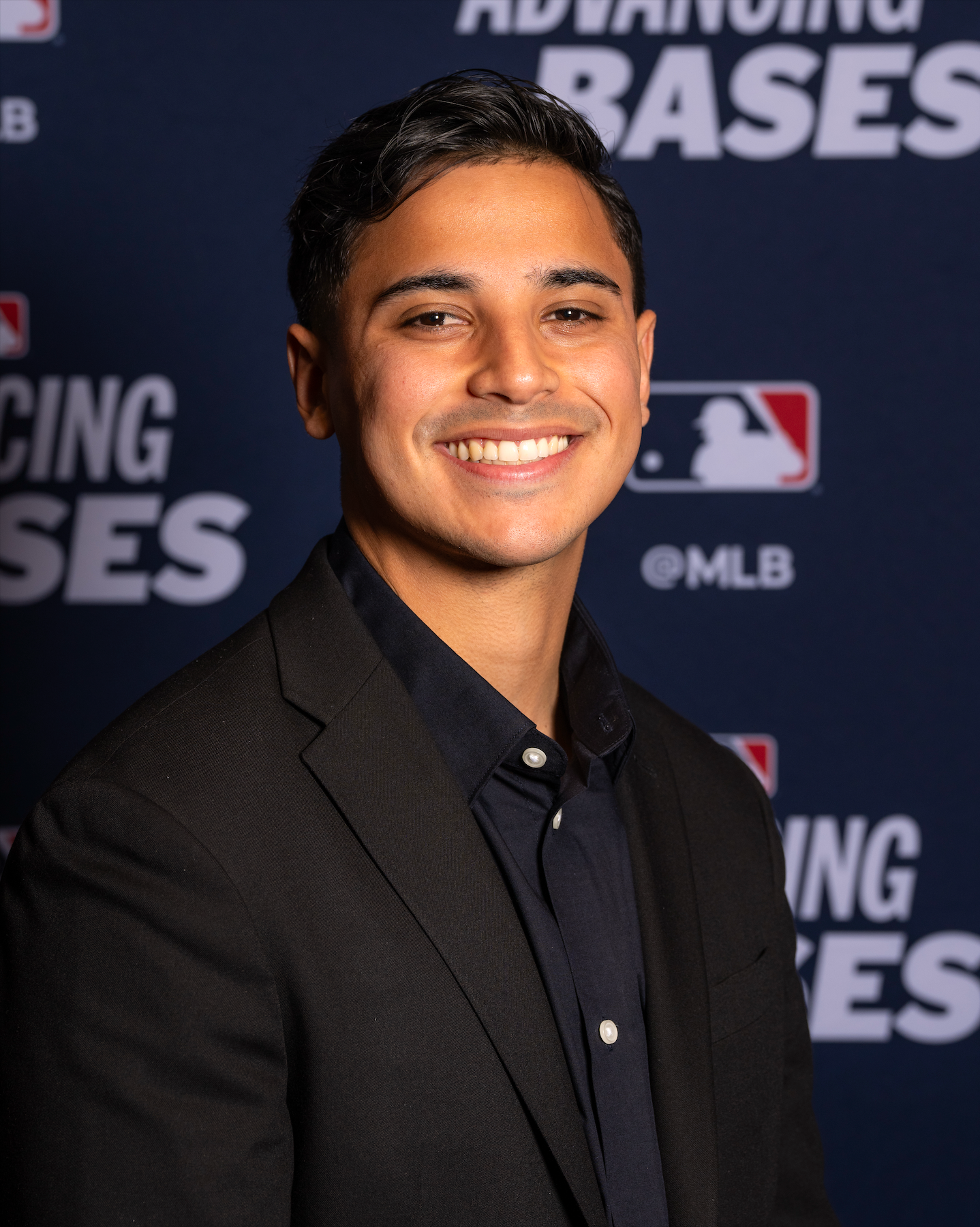

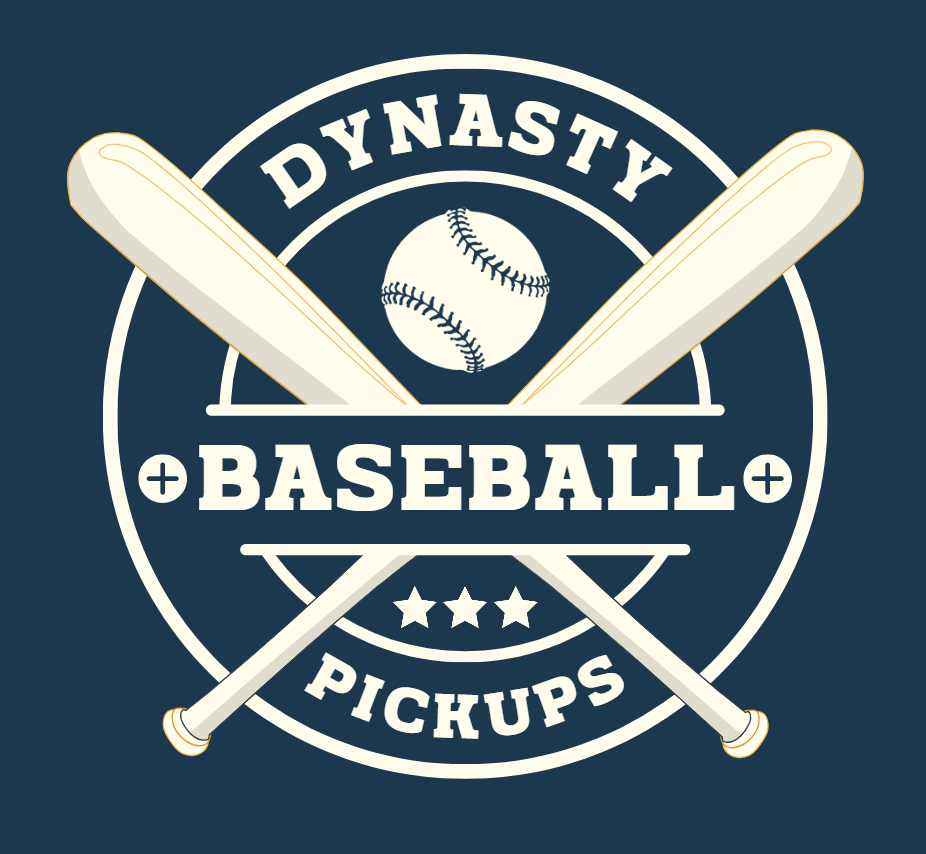



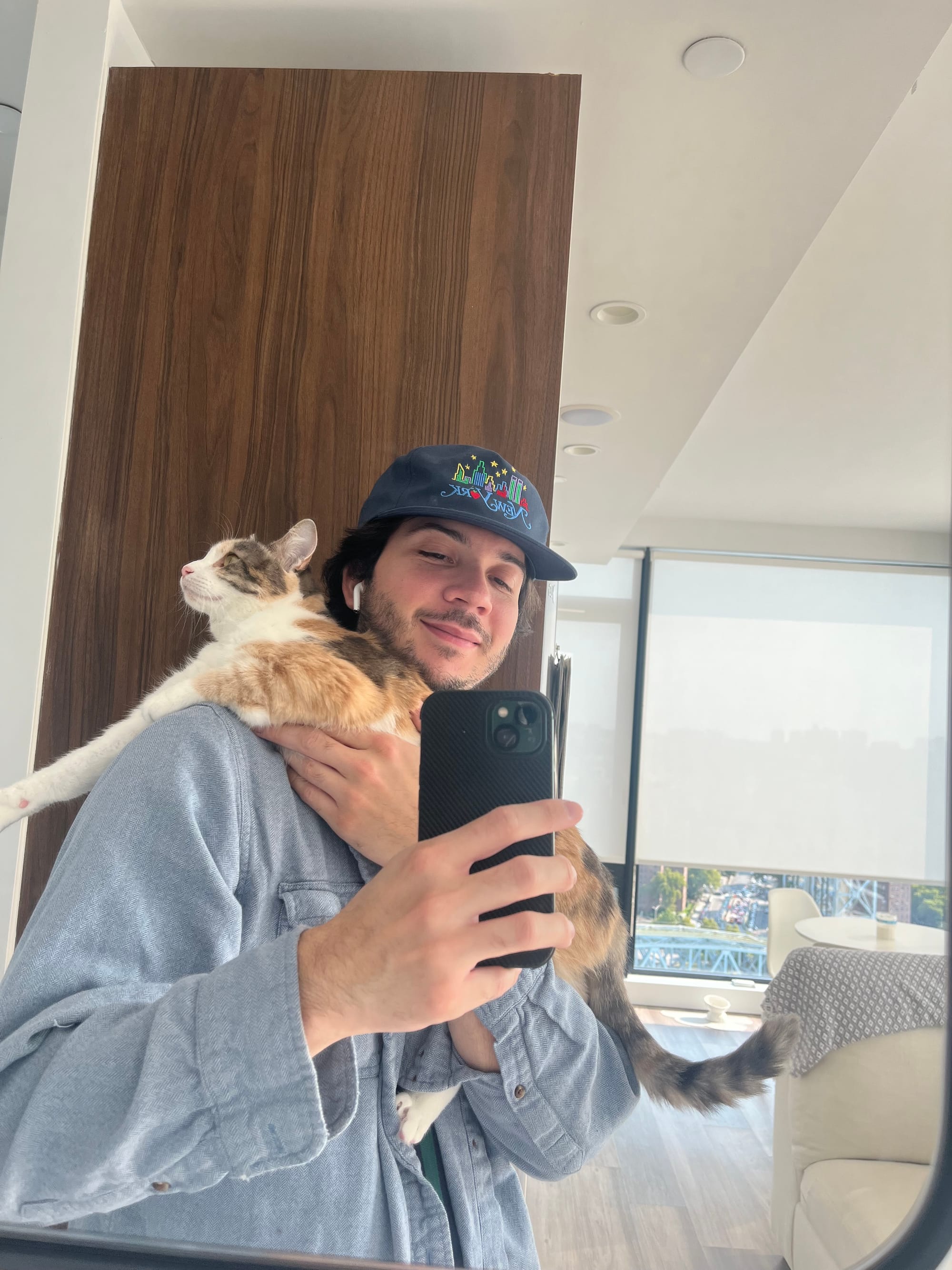
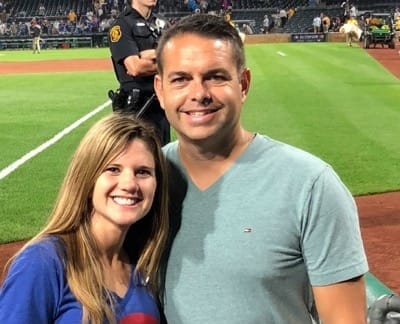

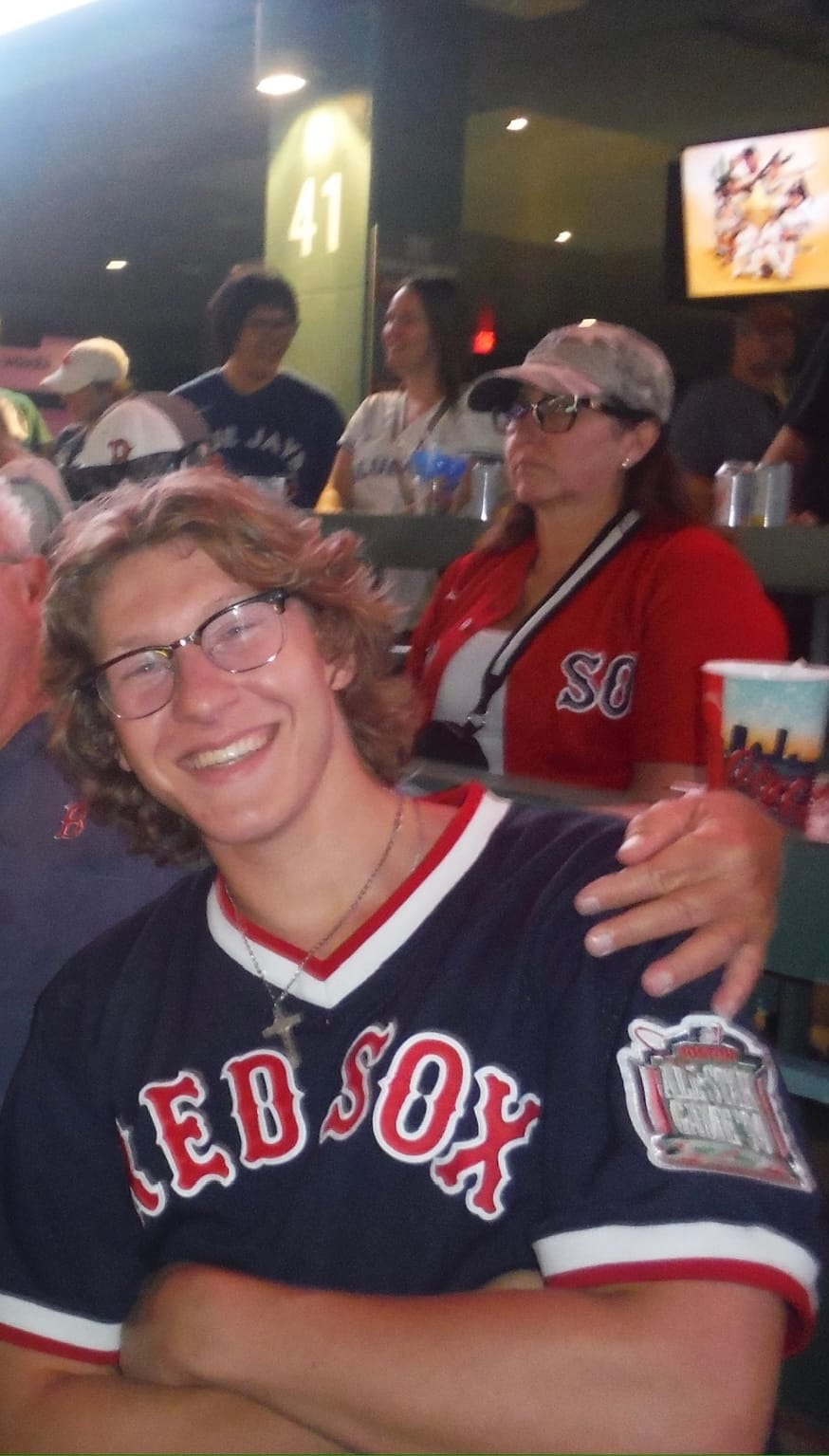
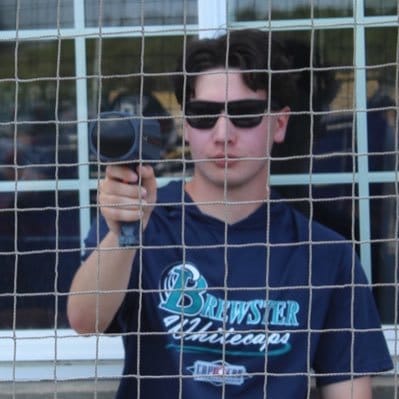
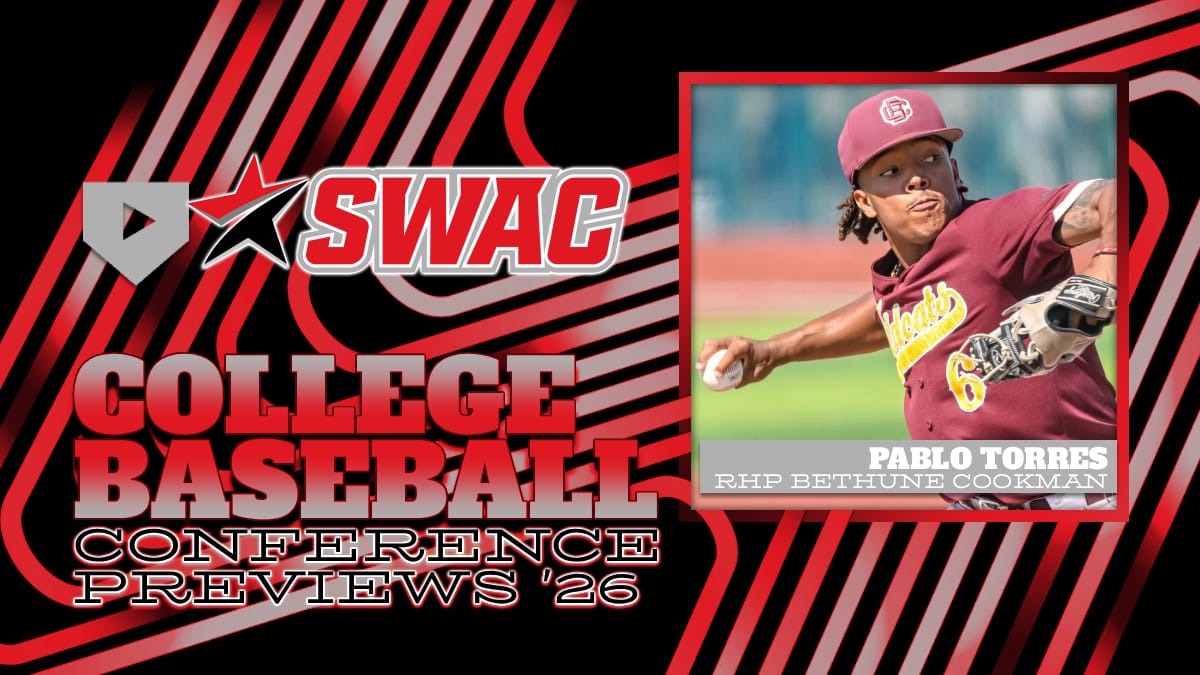
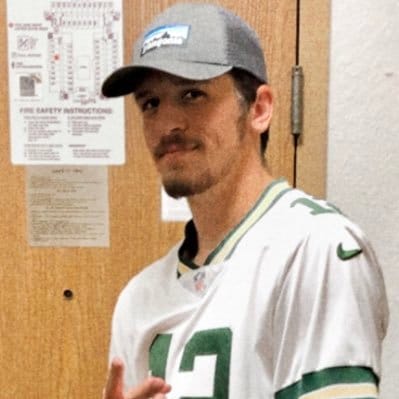

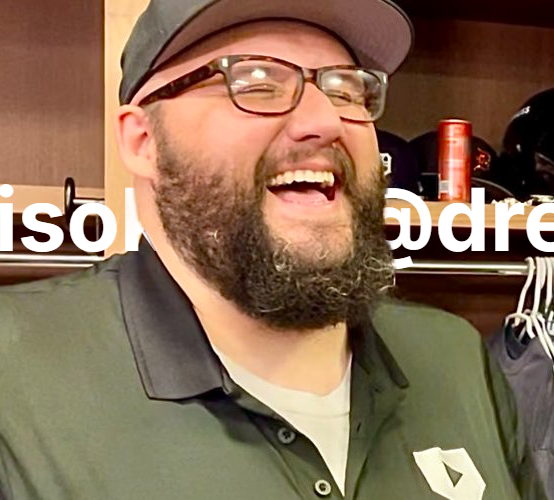

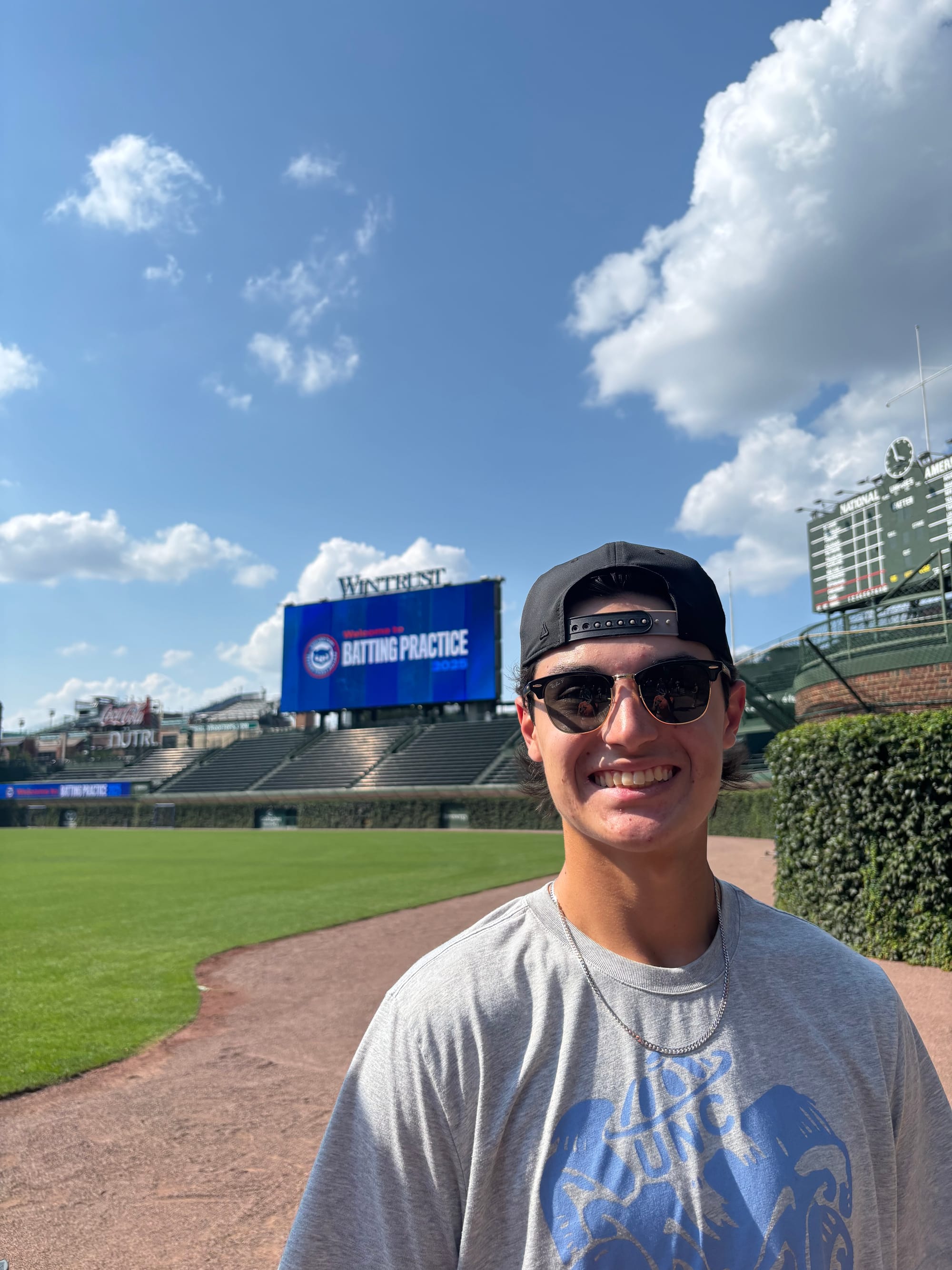

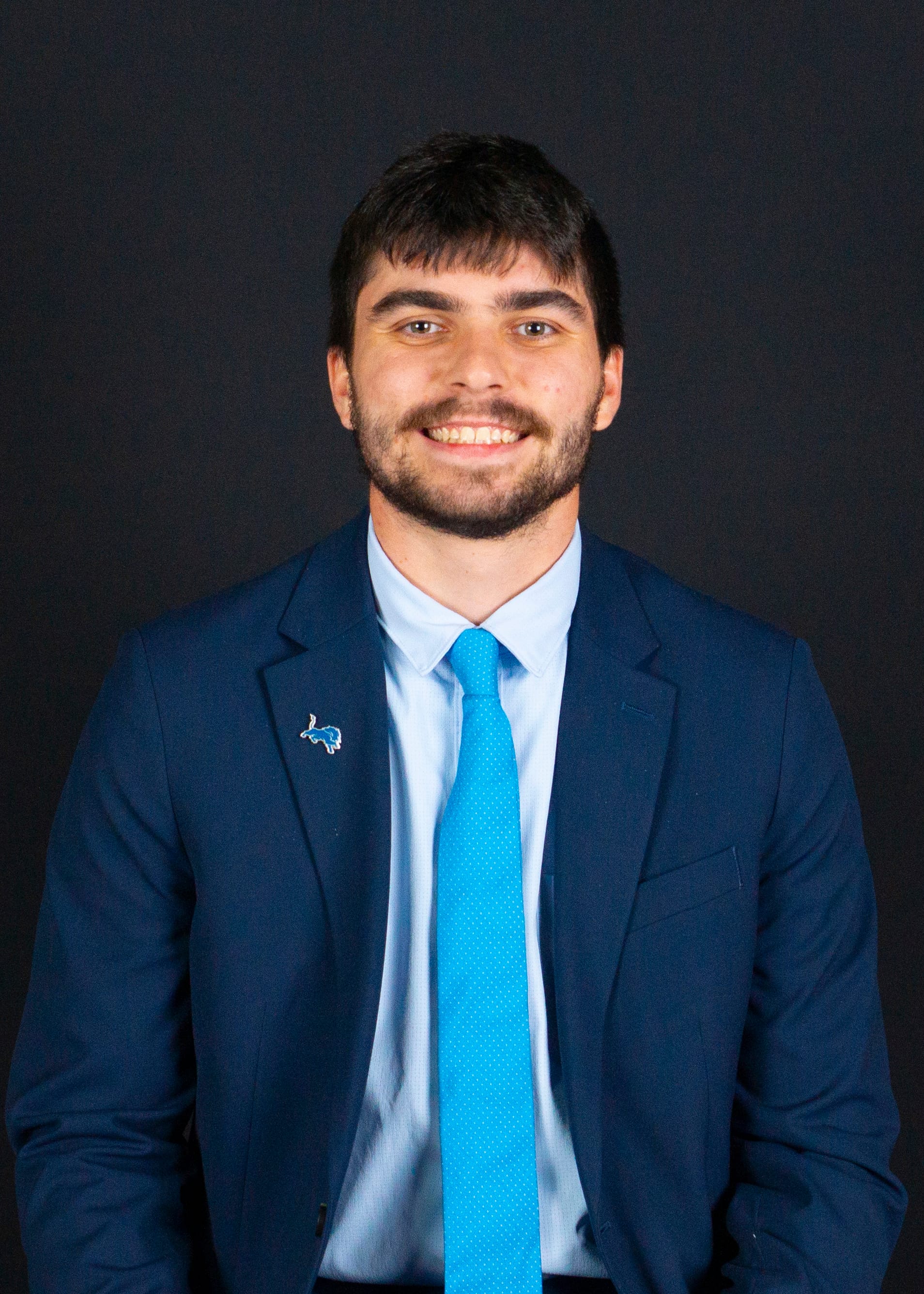




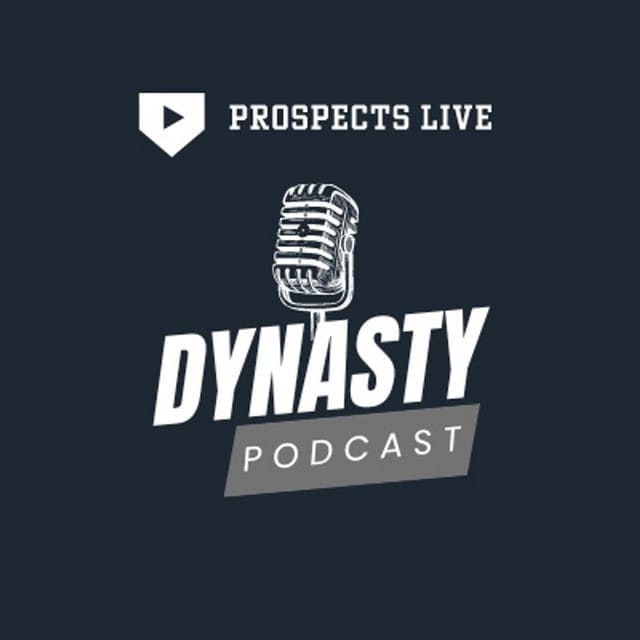

Discussion